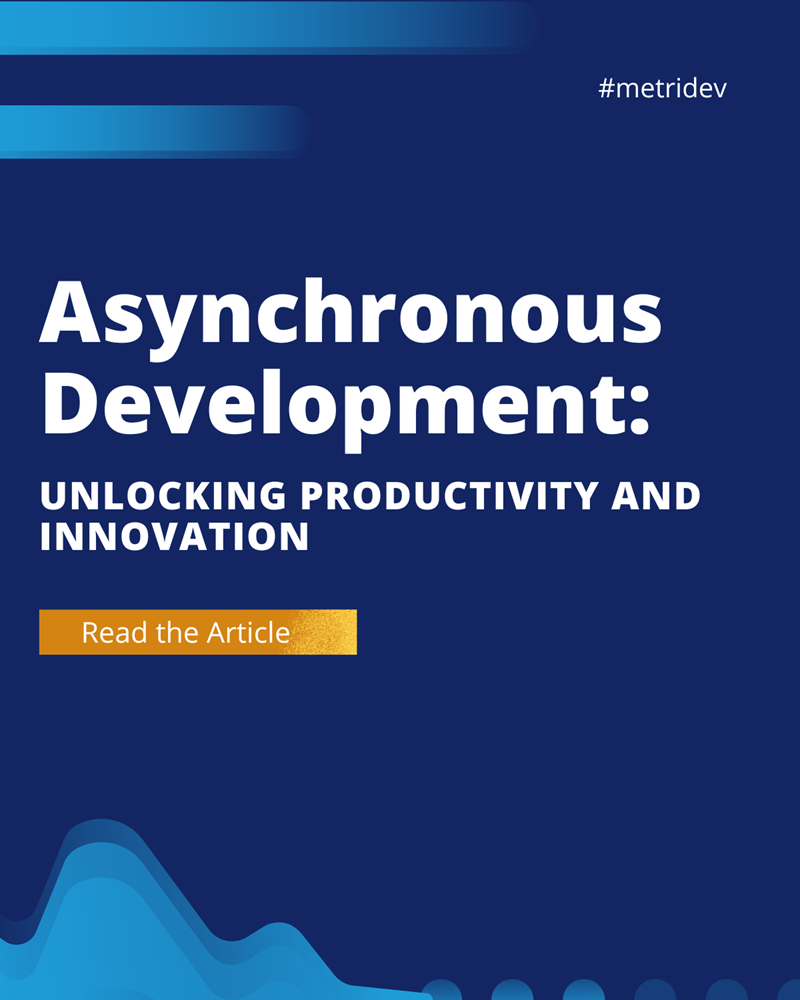Introduction
In the dynamic and fast-paced world of software development, organizations are constantly seeking ways to deliver high-quality products efficiently. Scaled Agile Framework (SAFe) has emerged as a popular methodology that enables organizations to scale Agile practices across multiple teams and projects. At the heart of SAFe lie the core values that form the foundation for successful implementation. This article will delve into the significance of these core values and their role in building strong foundations in scaled agile.
What are the values of scaled agile?
To understand the core values of scaled agile, it is essential to grasp the Agile framework itself. Agile is a project management approach that emphasizes flexibility, collaboration, and iterative development. It enables teams to respond quickly to changes and deliver value to customers in short iterations. Scaled agile takes this concept to the next level by extending Agile practices to large-scale projects involving multiple teams.
Understanding the Agile Framework
Agile is characterized by its four core values, as defined in the Agile Manifesto. These values are:
1. Individuals and interactions over processes and tools: Agile places a strong emphasis on effective communication and collaboration within the team. It recognizes that people and their interactions are the key drivers of project success.
2. Working software over comprehensive documentation: Agile prioritizes delivering functional software over excessive documentation. While documentation is still important, the focus is on tangible, working solutions that can be tested and refined.
3. Customer collaboration over contract negotiation: Agile encourages close collaboration with customers throughout the development process. By involving customers in decision-making and seeking their feedback, teams can ensure that the final product meets their needs and expectations.
4. Responding to change over following a plan: Agile embraces change as a natural part of the development process. It recognizes that requirements evolve over time and encourages teams to adapt their plans and strategies accordingly.
The importance of strong foundations in scaled agile
In the context of scaled agile, strong foundations are crucial for successful implementation. Without a solid base, the complexities of managing large-scale projects can quickly lead to chaos and inefficiency. Strong foundations encompass various aspects, including organizational alignment, effective communication, and a shared understanding of the Agile principles.
What are 4 core values of Scaled Agile Framework?
SAFe builds upon the four core values of Agile and extends them to the scaled environment. These core values are:
- Alignment: Firstly, SAFe emphasizes the importance of aligning all teams and stakeholders towards a common goal. This alignment reduces conflicts and promotes collaboration.
- Built-in quality: Secondly, quality is not an afterthought in SAFe; it is an integral part of the development process. By embedding quality practices throughout the lifecycle, teams can deliver reliable and defect-free software.
- Transparency: Thirdly, SAFe encourages transparency at all levels of the organization. This includes making objectives, progress, and impediments visible to all stakeholders. Transparency fosters trust and enables informed decision-making.
- Program execution: Lastly, SAFe emphasizes the need for efficient program execution. This involves establishing clear roles and responsibilities, defining program increments, and implementing effective governance to ensure timely delivery.
Applying the core values to your organization
To apply the core values of SAFe in your organization, it is essential to understand their implications and adapt them to your specific context. Firstly, Alignment requires establishing a shared understanding of organizational goals and objectives. This can be achieved through regular communication, setting clear expectations, and cascading strategic goals to the team level. Secondly, Built-in quality entails adopting practices such as continuous integration, automated testing, and code reviews. By prioritizing quality throughout the development process, teams can reduce defects and improve overall product reliability.
Moreover, Transparency can be achieved by implementing visual management tools, conducting regular status updates, and fostering a culture of open communication. This allows stakeholders to have a clear view of progress, impediments, and dependencies. Lastly, Program execution involves defining program increments, establishing effective governance mechanisms, and ensuring alignment between teams and programs. By setting up clear roles and responsibilities, organizations can streamline decision-making and drive program success.

What is the core value of alignment in SAFe?
Alignment is one of the key core values in SAFe. Firstly, it emphasizes the importance of aligning all teams and stakeholders towards a common goal. This alignment ensures that everyone is working towards the same objectives, thereby reducing conflicts and promoting collaboration.
Benefits of embracing the core values in scaled agile
Embracing the core values of SAFe brings numerous benefits to organizations. Firstly, it promotes collaboration and teamwork by aligning all teams towards a common goal. This reduces conflicts and enhances overall productivity. Secondly, the emphasis on built-in quality leads to improved product reliability and customer satisfaction. By integrating quality practices throughout the development process, teams can deliver high-quality software that meets customer expectations.
Transparency fosters trust and improves decision-making. When stakeholders have visibility into the progress, impediments, and dependencies of a project, they can make informed decisions and take timely actions. Lastly, effective program execution ensures timely delivery and reduces delays. By defining program increments, establishing clear roles, and implementing governance mechanisms, organizations can drive successful program outcomes.
Challenges and solutions in implementing the core values
Implementing the core values of SAFe can present challenges in various areas. Some common challenges include resistance to change, lack of organizational buy-in, and difficulty in establishing clear roles and responsibilities.
To overcome these challenges, organizations can focus on change management, fostering a culture of continuous improvement, and providing training and support to teams. Clear communication and stakeholder engagement are also crucial to ensure organizational buy-in.
What are the 4 bodies of knowledge SAFe?
SAFe encompasses four bodies of knowledge that provide guidance and best practices for scaling Agile:
- Team: Firstly, this body of knowledge focuses on Agile team practices, including planning, execution, and continuous improvement.
- Program: Secondly, the program body of knowledge addresses how to coordinate multiple Agile teams working towards a common goal. It includes practices for program increment planning, backlog management, and release management.
- Large Solution: Thirdly, this body of knowledge focuses on scaling Agile beyond the program level. It includes practices for coordinating multiple programs, managing dependencies, and aligning solution development.
- Portfolio: Lastly, the portfolio body of knowledge addresses strategic themes, investment funding, and governance at the organizational level. It provides guidance on how to align business strategy with Agile execution.
What is an implementation roadmap?
An implementation roadmap is a strategic plan that outlines the steps and activities required to implement a specific methodology or framework. In the context of SAFe, an implementation roadmap provides a structured approach to scaling Agile practices across the organization.
What is the SAFe implementation roadmap?
The SAFe implementation roadmap is a comprehensive guide that outlines the steps, activities, and best practices for implementing SAFe in an organization. Furthermore, it provides a clear roadmap for organizations to follow, starting from initial training and education to full-scale implementation. The roadmap consists of several key milestones, including Agile Release Train (ART) identification, PI Planning, ART launch, and ongoing value delivery. Additionally, it offers guidance on establishing Lean-Agile leadership, building Agile teams, and aligning the entire organization towards a common goal.
Tools and resources for scaled agile core values
Building strong foundations in scaled agile requires the right tools and resources. SAFe provides a wealth of resources, including training courses, reference materials, and implementation guidance. Organizations can leverage these resources to train their teams, establish Agile practices, and implement the core values effectively.
In addition to SAFe-specific resources, there are various Agile tools available in the market that can support scaled agile implementations. These tools facilitate collaboration, project management, and Agile workflows, enabling organizations to streamline their processes and enhance productivity.
What is the scaling framework for agile?
The scaling framework for Agile refers to the methodologies, practices, and processes used to scale Agile practices across multiple teams and projects. SAFe is one such widely adopted scaling framework that provides a structured approach to scaling Agile in large organizations.
Conclusion: The impact of scaled agile core values
In conclusion, strong foundations are essential for successful implementation of scaled agile. Moreover, the core values of SAFe provide organizations with a guiding framework to align teams, foster collaboration, and deliver high-quality software. Additionally, by embracing these values and leveraging the right tools and resources, organizations can build strong foundations and reap the benefits of scaled Agile practices.
Implementing scaled agile is a journey that requires continuous improvement and adaptation. Consequently, by focusing on building strong foundations and embracing the core values of SAFe, organizations can navigate the complexities of large-scale projects and deliver value to customers more effectively.
Explore the Scaled Agile Framework (SAFe) and start building strong foundations in your organization today! Read our article Estimation Poker: Boosting Accuracy in Agile Development.









Leave a Reply